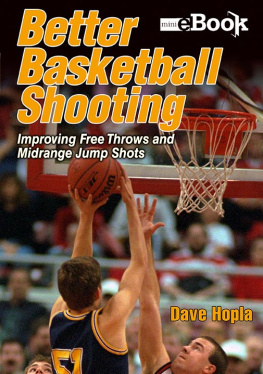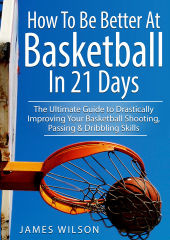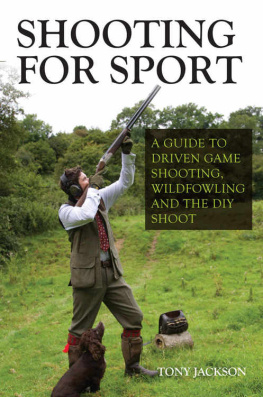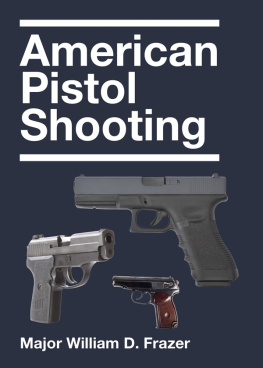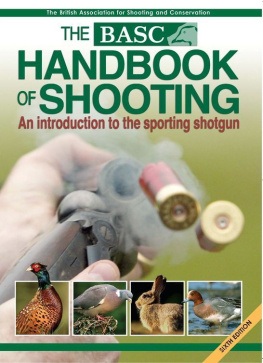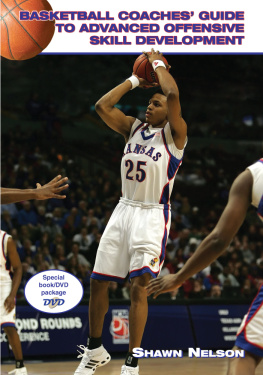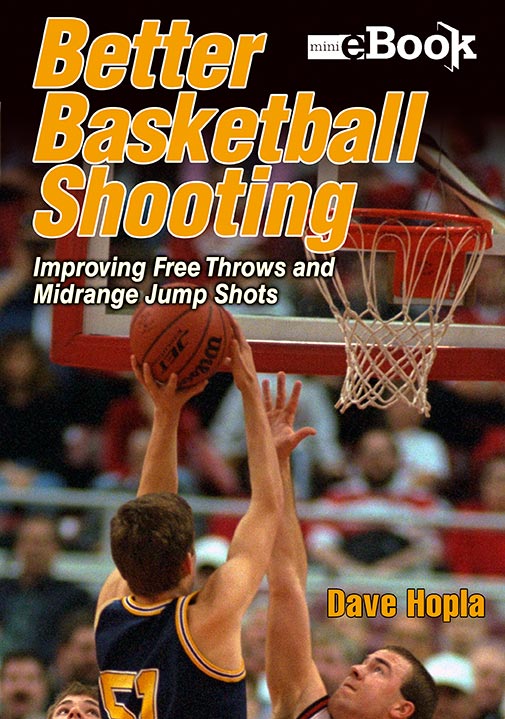Better Basketball Shooting
Dave Hopla
HUMAN KINETICS
ISBN-10: 1-4504-6796-2
ISBN-13: 978-1-4504-6796-4
Copyright 2013 by Dave Hopla
All rights reserved. Except for use in a review, the reproduction or utilization of this work in any form or by any electronic, mechanical, or other means, now known or hereafter invented, including xerography, photocopying, and recording, and in any information storage and retrieval system, is forbidden without the written permission of the publisher.
The content of this e-book is based on an excerpt from the larger work, Basketball Shooting, published in 2012 by Human Kinetics.
Human Kinetics
Website: www.HumanKinetics.com
United States: Human Kinetics
P.O. Box 5076
Champaign, IL 61825-5076
800-747-4457
e-mail: humank@hkusa.com
Canada: Human Kinetics
475 Devonshire Road Unit 100
Windsor, ON N8Y 2L5
800-465-7301 (in Canada only)
e-mail: info@hkcanada.com
Europe: Human Kinetics
107 Bradford Road
Stanningley
Leeds LS28 6AT, United Kingdom
+44 (0) 113 255 5665
e-mail: hk@hkeurope.com
Australia: Human Kinetics
57A Price Avenue
Lower Mitcham, South Australia 5062
08 8372 0999
e-mail: info@hkaustralia.com
New Zealand: Human Kinetics
P.O. Box 80
Torrens Park, South Australia 5062
0800 222 062
e-mail: info@hknewzealand.com
Converted to eBook by EasyEPUB
Before you can make a jump shot from the three-point line while on the move, you must be able to make a shot from 2 feet (.6 m) while stationary. The problem is that most players want to go for the shot that is worth the most points. From observing kids at camps and clinics and in pregame warm-ups, its apparent that the first thing kids want to do no matter how small or big they might be is to get a ball, dribble it to the three-point line, and let it fly. Rarely do I see a youngster come into the gym and start with form shooting. You must be like a baby in your approach to shooting. You crawl, you walk, and then you start to run. It is a process that requires patience and discipline. Just like a little baby, you will stumble and fall, but the key lies in learning to pick yourself up, dust yourself off, and continue on your journey to becoming a better shooter.
This e-book will cover in great detail proper technique for becoming a great free shot and midrange jump shooter. To gain a complete understanding of how to properly shoot a basketball, we will break the shot down into parts. We will cover foot positioning, body positioning, how to hold the ball, how to release the ball, and where to target your shot. An evaluation checklist is included, making it easy for you to identify where your problem areas may be. Pay careful attention to the details provided throughout and honestly evaluate your own technique. The greatest shooters are constantly critiquing their own form. You should do the same.
Stance
When shooting, you build the shot from the ground up, just like building a house. In this case, the foot position for shooting the ball is your foundation and should be the same for all shots, whether shooting a jumper or a free shot or shooting from beyond the three-point line. Consistency leads to greatness and consistency starts with the feet.
To begin, start with your feet together (see figure 1a) and slide the foot opposite the shooting side, for a right-handed shooter this is the left foot, back until the toes are even with the arch of the shooting foot (see figure 1b). Then, space the feet so that they are shoulder-width apart (see figure 1c). This will ensure that the base isnt too narrow or too wide. If you have a narrow base, you will have poor balance and it will hinder the range of your shot (see figure 2a). If your base is too wide, you wont have the quickness or explosiveness necessary to get your shot off successfully (see figure 2b). In this stance, the lead foot, or shooting foot, is the foot on the same side that you shoot the ball with. For a right-handed shooter, this is the right foot. The toes of the lead foot point toward the target. This positioning creates the shot line, in which the toe, knee, hip, elbow, shoulder, wrist, and basketball are situated as close to a straight line as possible in relation to the target (see figure 3). Maintaining this line will increase your shooting percentage and eliminate unnecessary movements throughout your shooting motion. This is the stance you should assume for all of your shots.
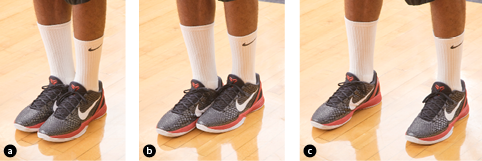
Figure 1 Assuming the proper shooting stance.

Figure 2 A stance that is (a) too narrow and (b) too wide.
Once the feet are shoulder-width apart and positioned properly, you must ensure that your knees are bent so that you have better balance, more power, and more explosiveness in the shot. When you bend your knees, you should also bend slightly at the hips, bringing your head down so that the shoulders are positioned in front of the feet and the head in front of the shoulders (see figure 4). If you just bend at the knees and dont bring the head and shoulders forward, your heels will stay on the floor, forcing you off balance when you catch the ball and start your shooting motion.
Many shooters will bend at the knees but fail to bend at the hips, making the body too upright and leaving the heels nailed to the floor. To practice bending at the hips, lean forward and attempt to get as close to the basket as you can without moving the feet. To do this, you will naturally be forced to bend at the hips. Hold this position for a few seconds and repeat several times to become familiar with how the positioning feels.

Figure 3 Creating the shot line with the toes, knee, hip, elbow, shoulder, wrist, and basketball aligned with the target.

Figure 4 Bending at the hips and knees for increased balance and power.
Arms
With an understanding of stance and body positioning in place, we now transition to the arms. While your legs and core body muscles serve as the power source for your shot, your arms, wrists, and fingers take on more of a finesse role. They control your touch and where you shoot the ball. We will also explore finer elements that dictate how the ball will release off your fingertips. We will now discuss the shooting hand and how you should grip the ball, as well as elbow positioning and how to properly set your balance hand to maximize shot accuracy.

